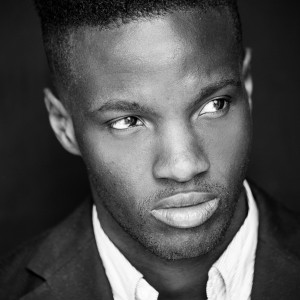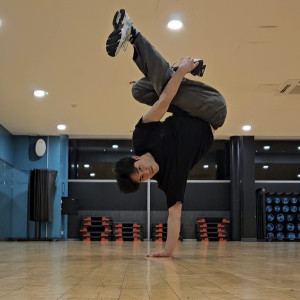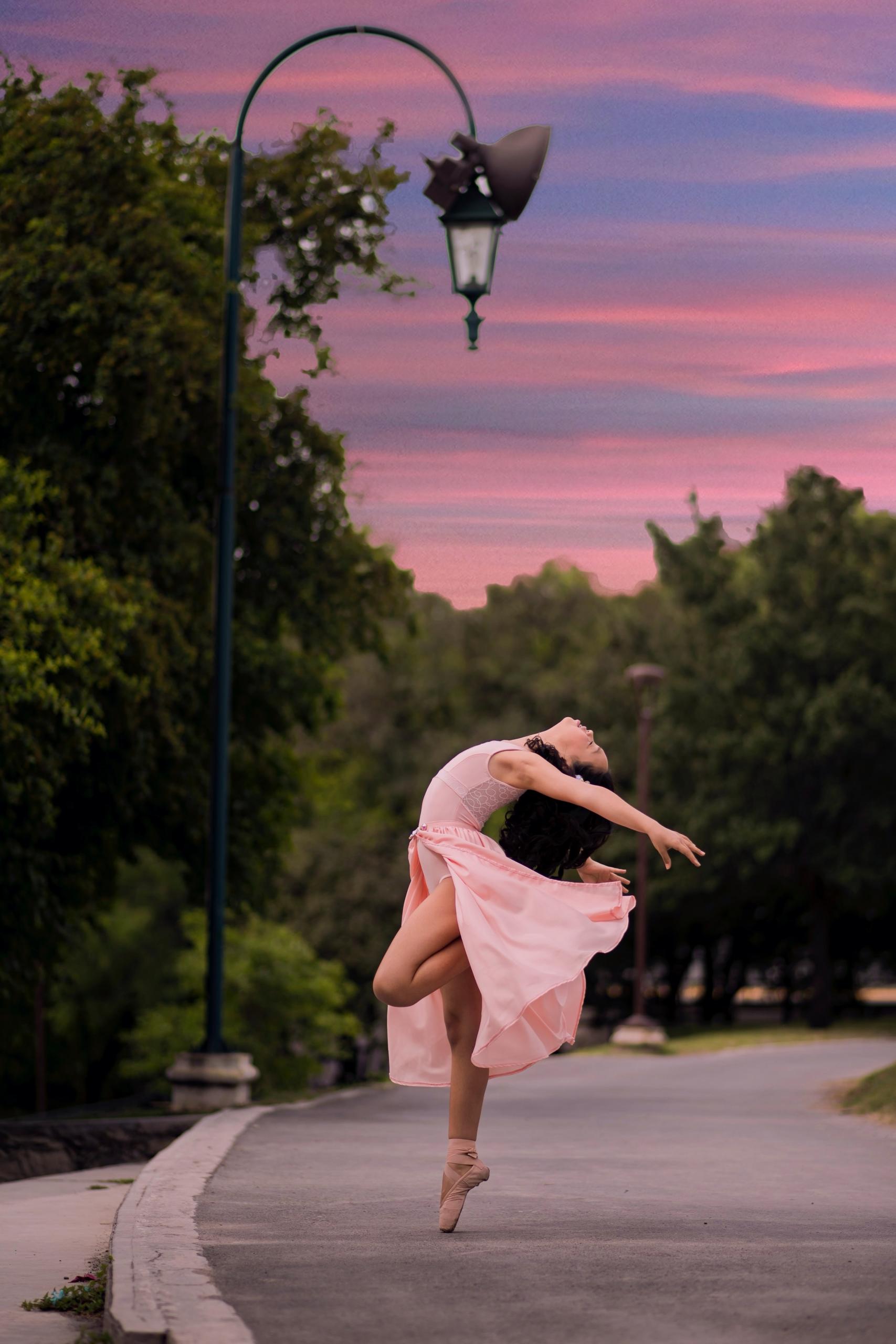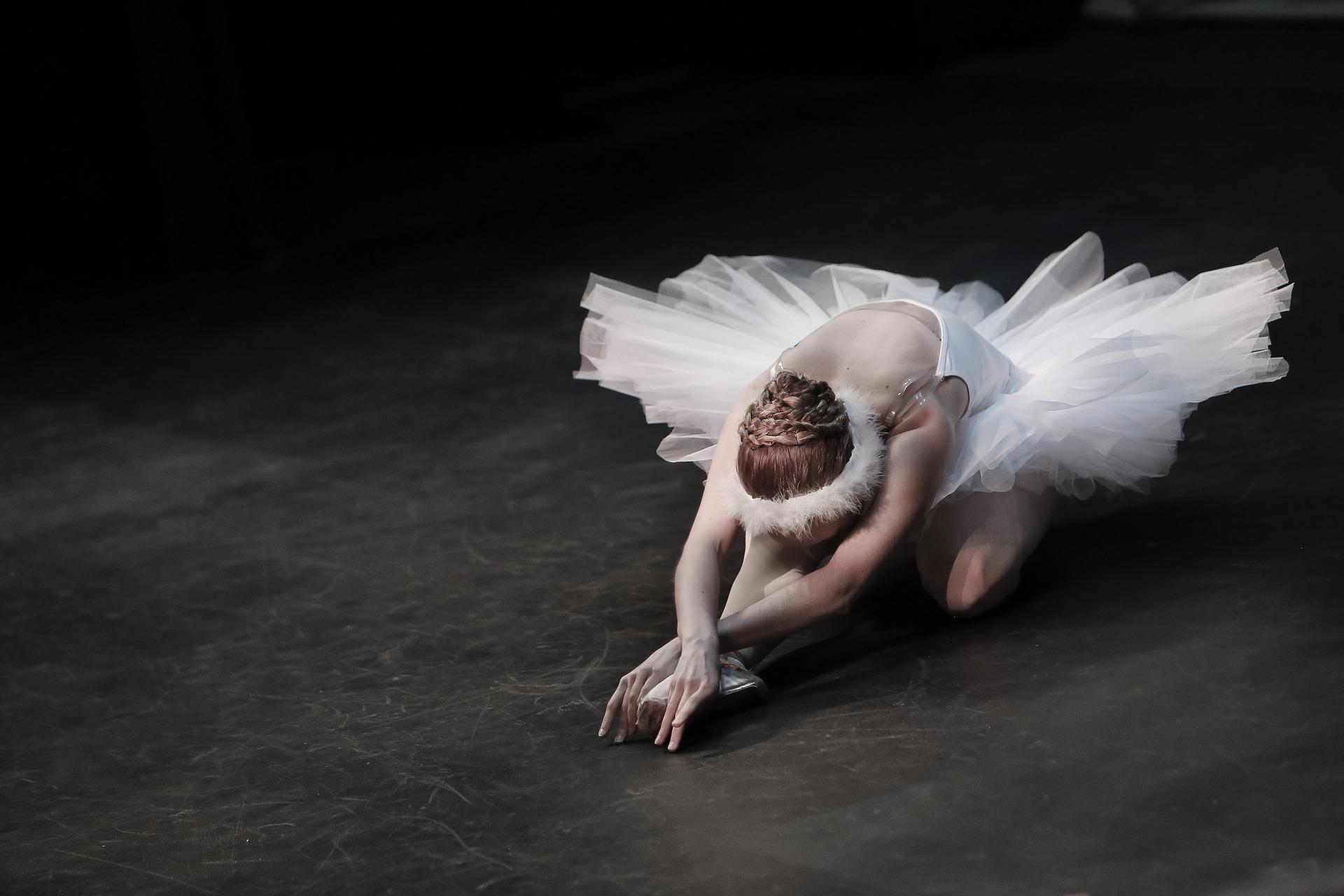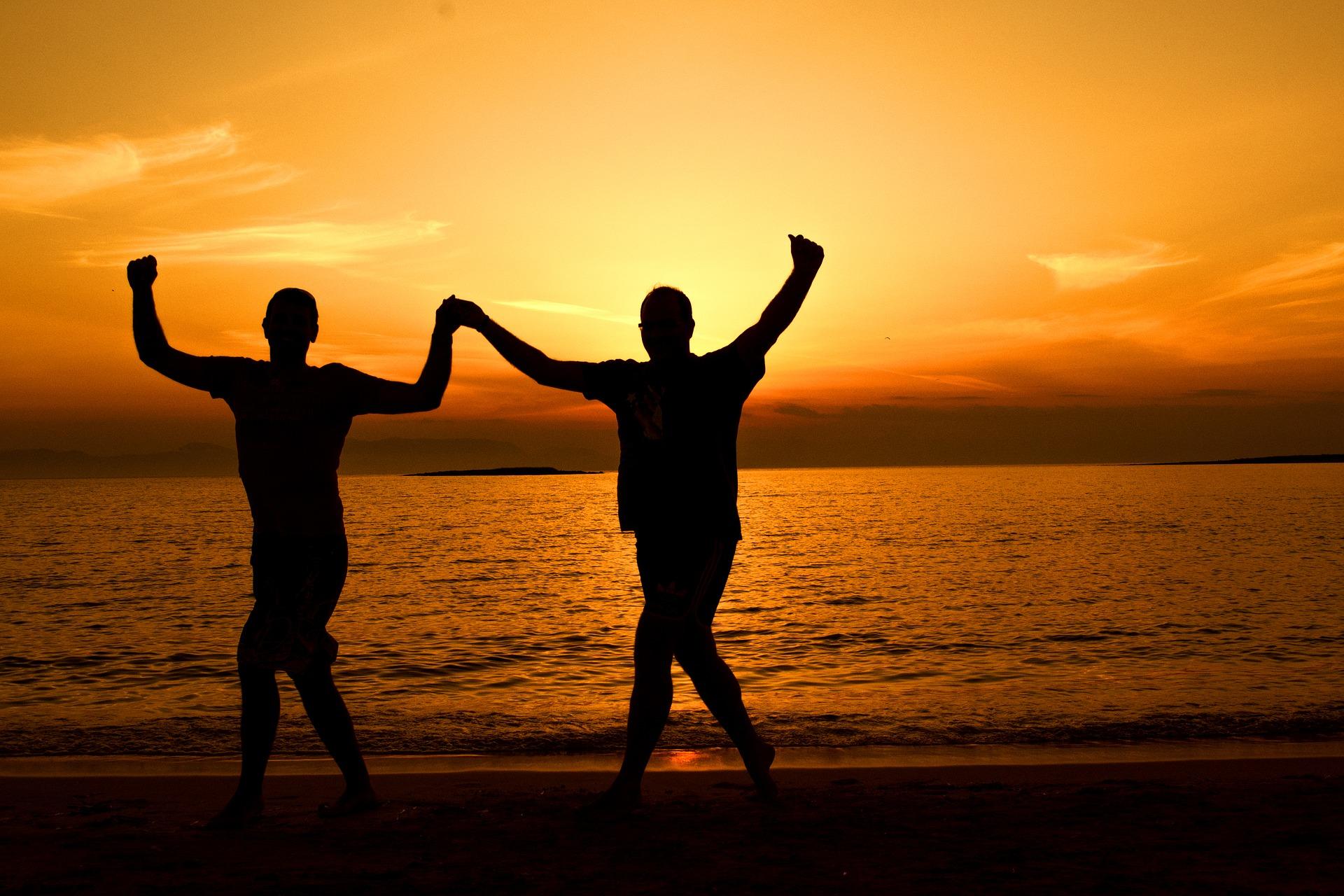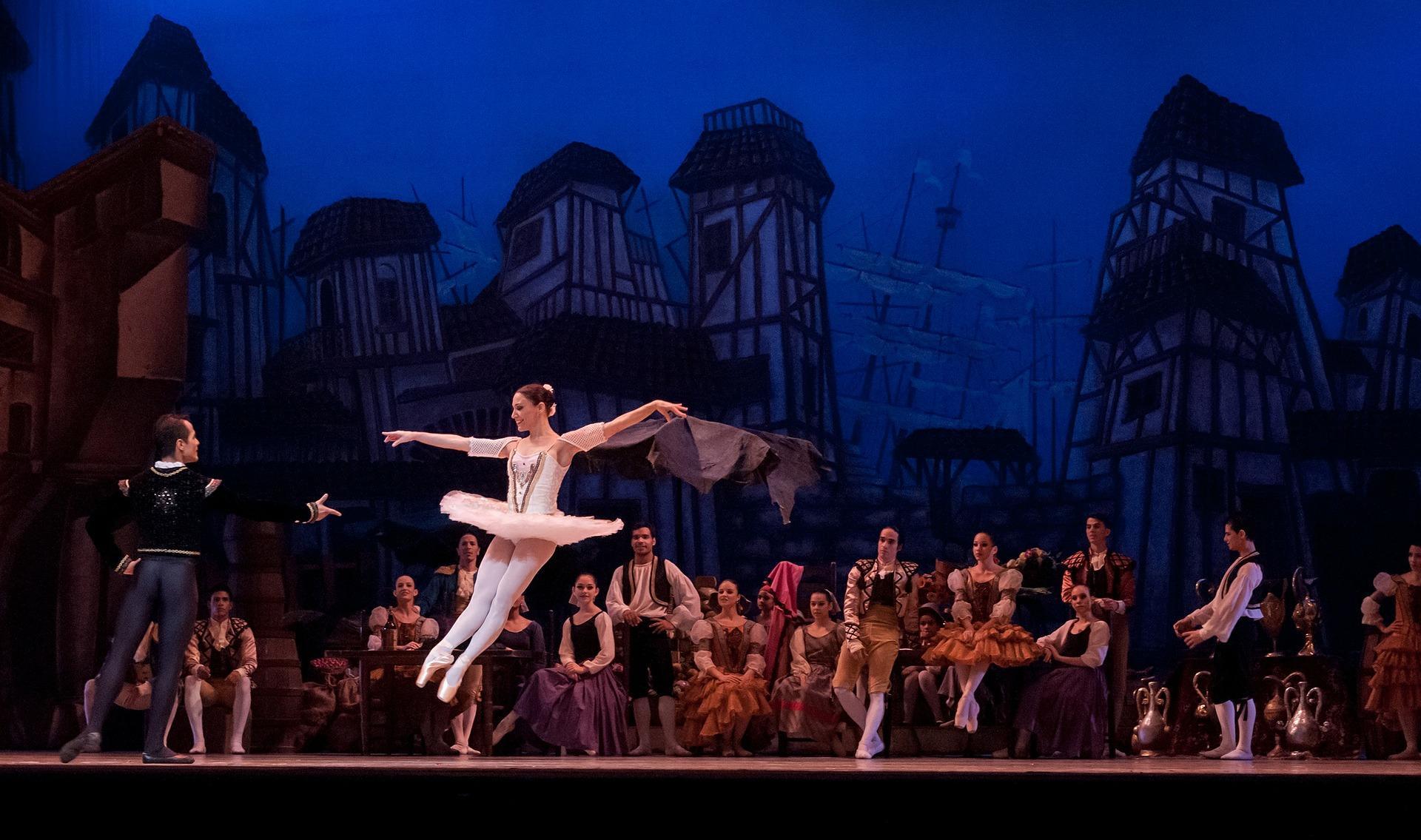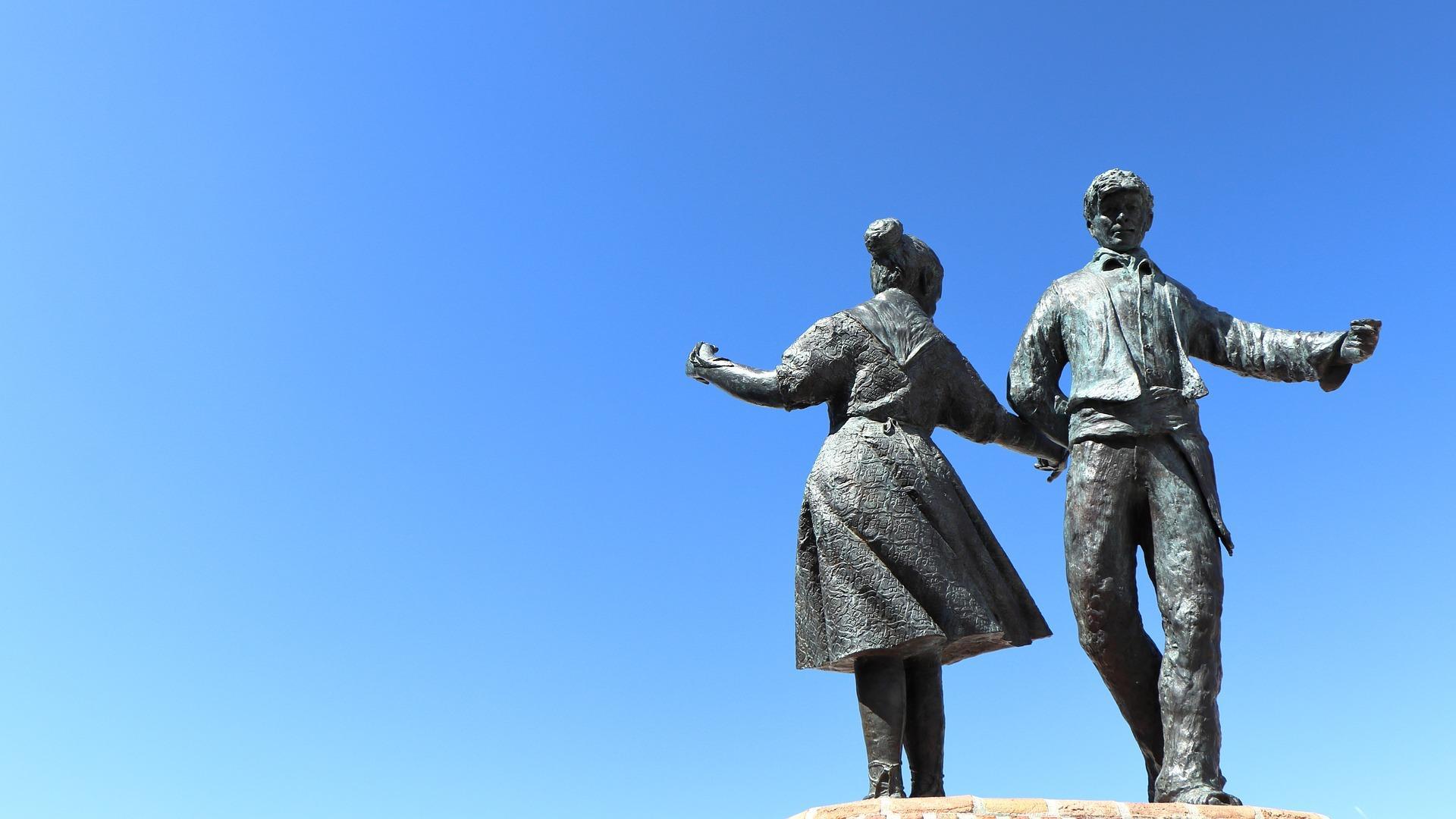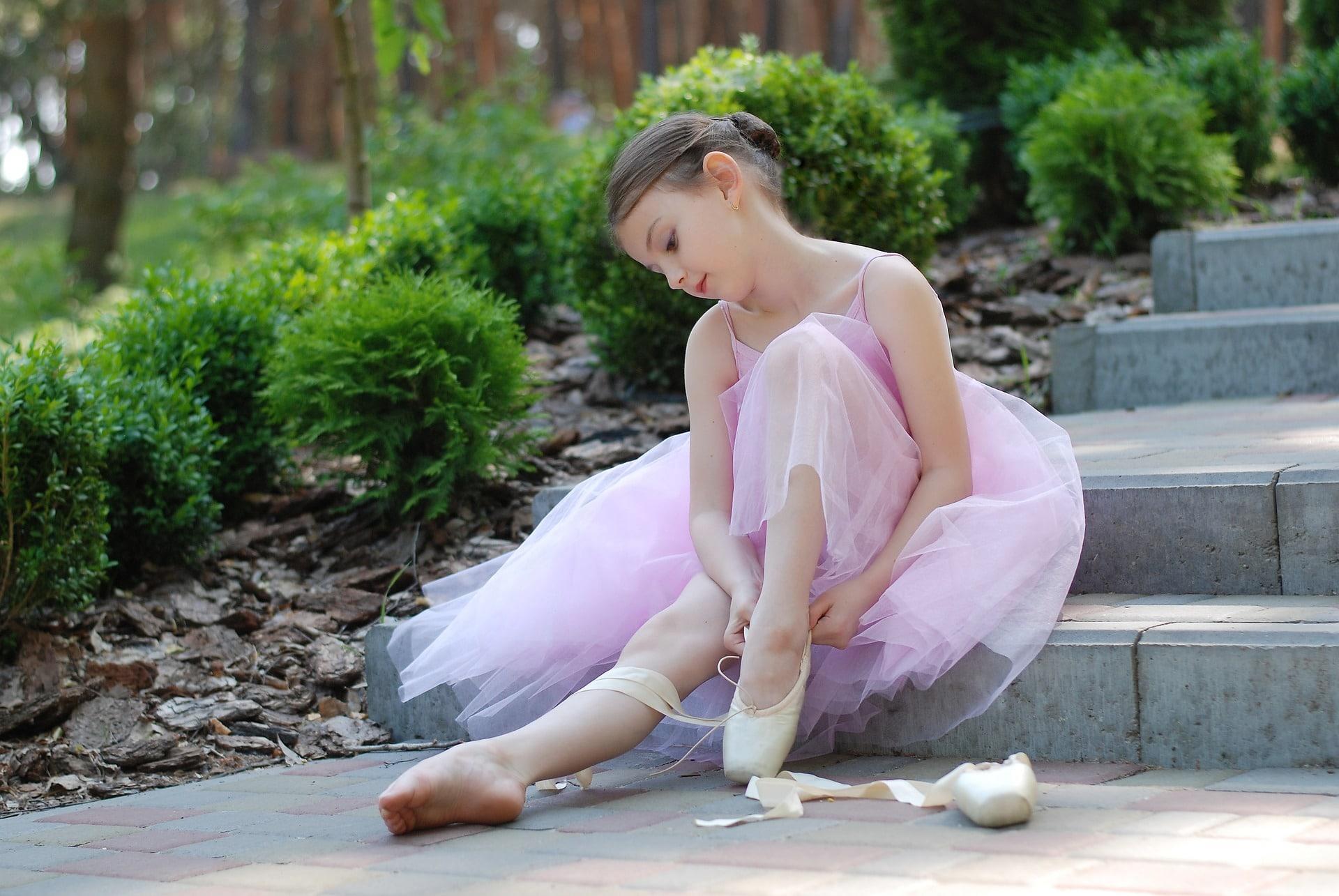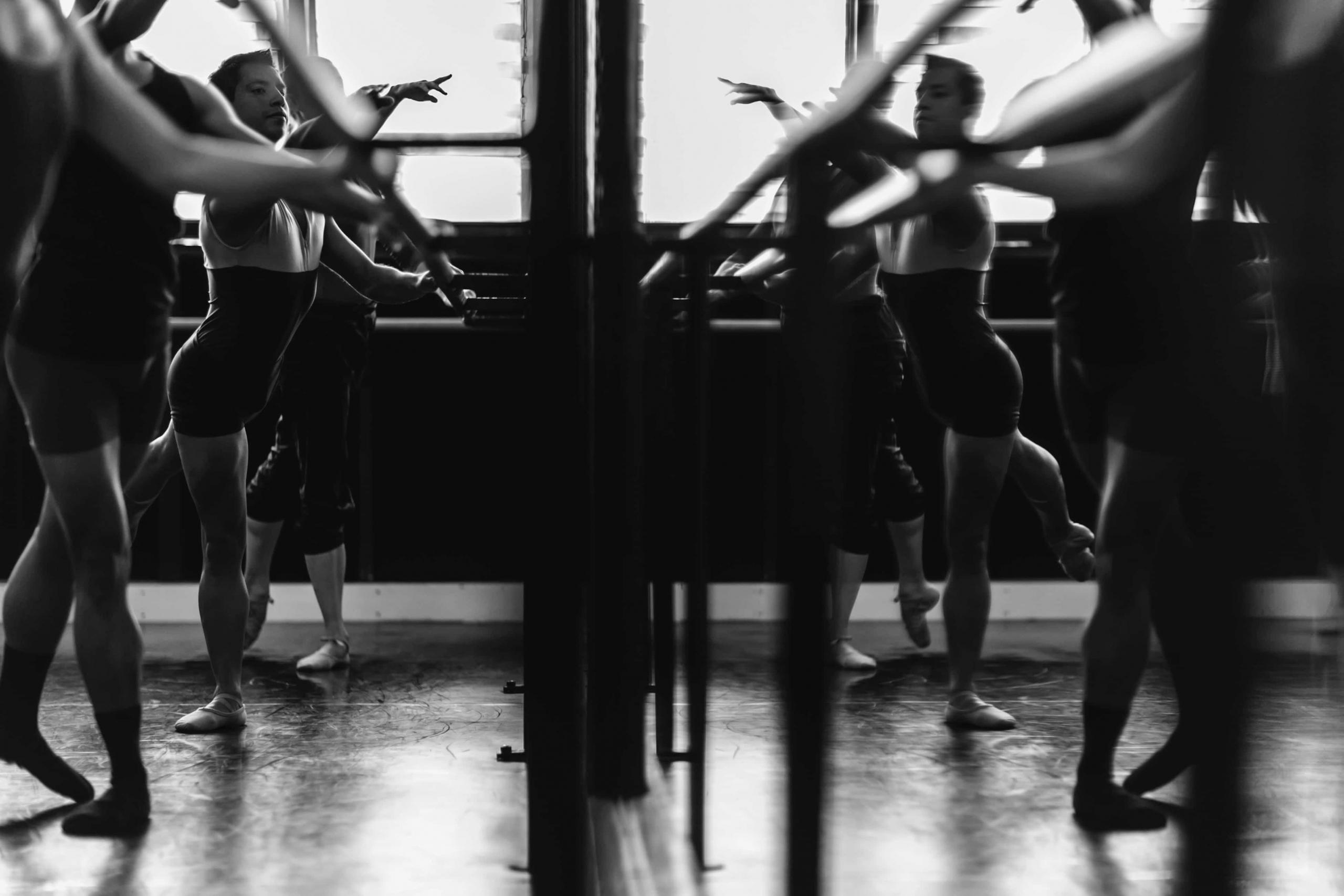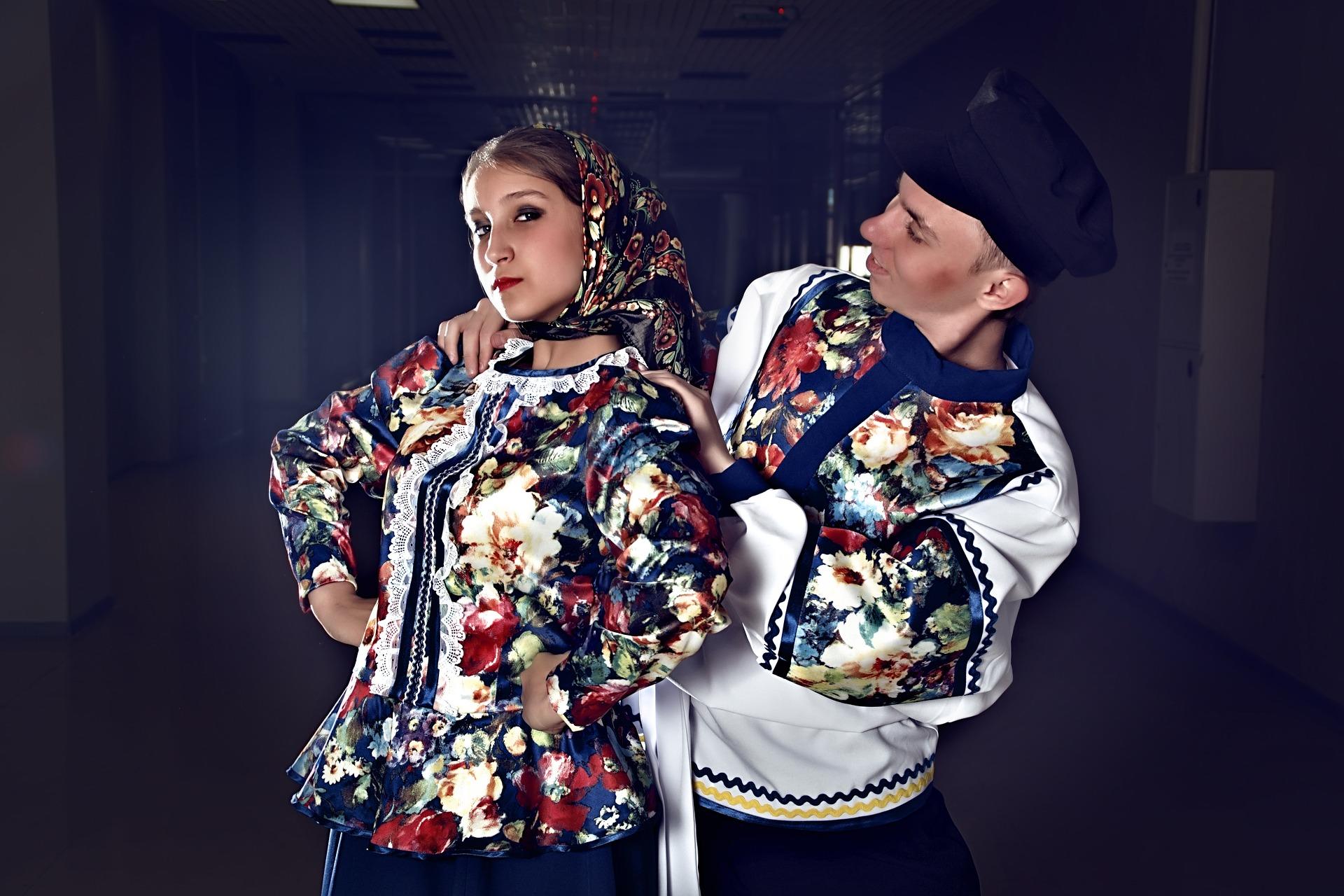The job of feet is walking, but their hobby is dancing.
Amit Kalantri
For many humans and some animals, dancing comes as naturally as breathing. Well, we should say 'moving our bodies in time to music' is natural, which fits the definition of dancing. This is a vital distinction. A toddler (or an animal) that sways to music is not consciously dancing; they move instinctively.
The type of dancing we discuss is learned and deliberate. Some dancers pursue the sport for its artistry and passion, while others study it as a cultural expression. We examine the health benefits of dancing, from the following angles.
- Dancing to slim down, tone up, and reach fitness goals
- Dancing for strength, posture, and flexibility
- Dancing for cognitive and mental well-being
- Preparations needed to dance effectively and well

The Benefits of Ballet on Your Body
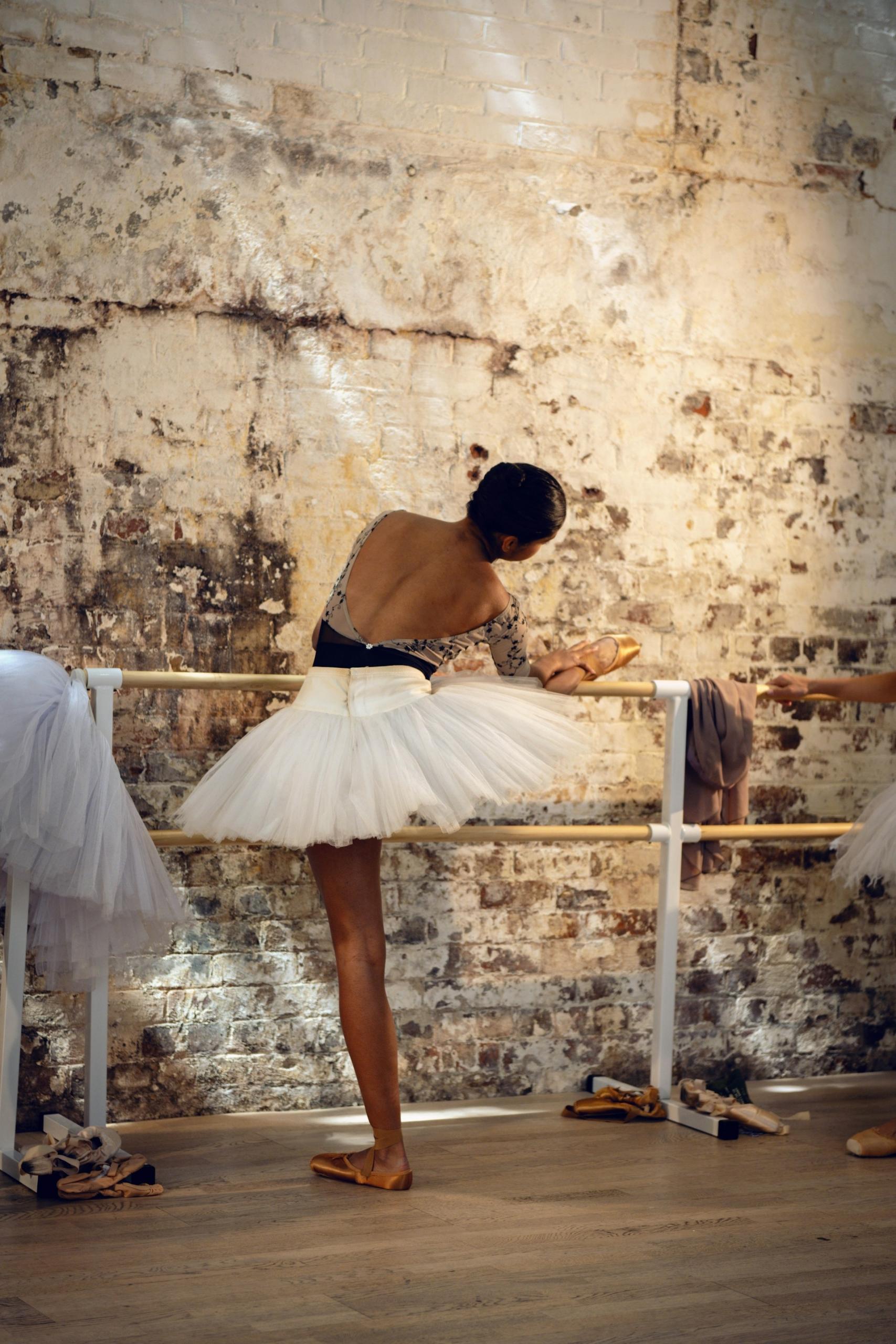
Ballet is centuries-old; it emerged during the Italian Renaissance, in the 15th Century. It began as a performative art form, a type of dance one might see in a theatre performance. Over time, it became a concert dance, meaning the dance is the spectacle, not a part of a larger production.
In the dance's classic form, female ballet dancers wear pointes and tutus. Males dress more conventionally, in leotards, and slippers on their feet. When you dance ballet for fitness, you will dress like ballerinos - male ballet dancers, no matter your gender.
Your ballet for fitness classes won't revolve around learning the great dances, such as Swan Lake or The Nutcracker. Instead, your instructor will focus on barre exercises: pliés, jambés, and tendus. Later, you might learn a few ballet steps: piquets, fouettés, and the basic poses.
These don't sound like much, but these movements work wonders on your core, glutes, and lower body. Your shoulders, back and neck get a good workout, too, because of the accompanying arm movements. This is how ballet helps you build good posture.
More importantly, ballet is a conditioning workout. It tasks your joints, to keep them moving smoothly. And it builds the surrounding muscles, to minimise strain on your hips, knees and shoulders. In a sense, ballet is rather like tai chi, a gentle yet thorough and rigorous workout.
Barre Classes
If ballet classes revolve around barre, why the need for Barre classes? These are more energetic workouts, that target specific muscle groups. Such sessions focus less on the artistry of dance, and more on its dynamics.
You might compare barre and ballet workouts to the difference between Hatha yoga and Pilates. Hatha is traditional, thorough, conditioning, and mindful. Pilates is fast-paced and dynamic, with elements of yoga mixed in. For ballet and barre classes, here's how those differences stack up:
Ballet
- slow-paced
- classical movements
- a type of isometric exercise
- emphasis on technique
Barre
- fast-paced
- modified movements
- focuses on reps, not tension
- emphasis on functional movement
Once you build strength and flexibility through ballet, you might consider a barre class. The faster pace and greater catalogue of moves could increase your range of motion and help speed up your metabolism, too. But, don't make the jump until you're sure you've maximised all of ballet's health benefits.
Losing Weight and Reaching Fitness Goals Through Dance
These days, we hear lots of talk about calories not being calories, and some forms of exercise being better than others. These discussions matter to those who want to dance their extra pounds away. And to those who aim for fitness - rather than fun, with their dance workouts.
A fun and happy Cha Cha might raise your heart rate more than, say, walking at a steady clip. However, this dance doesn't work your whole body, nor does it condition your joints.
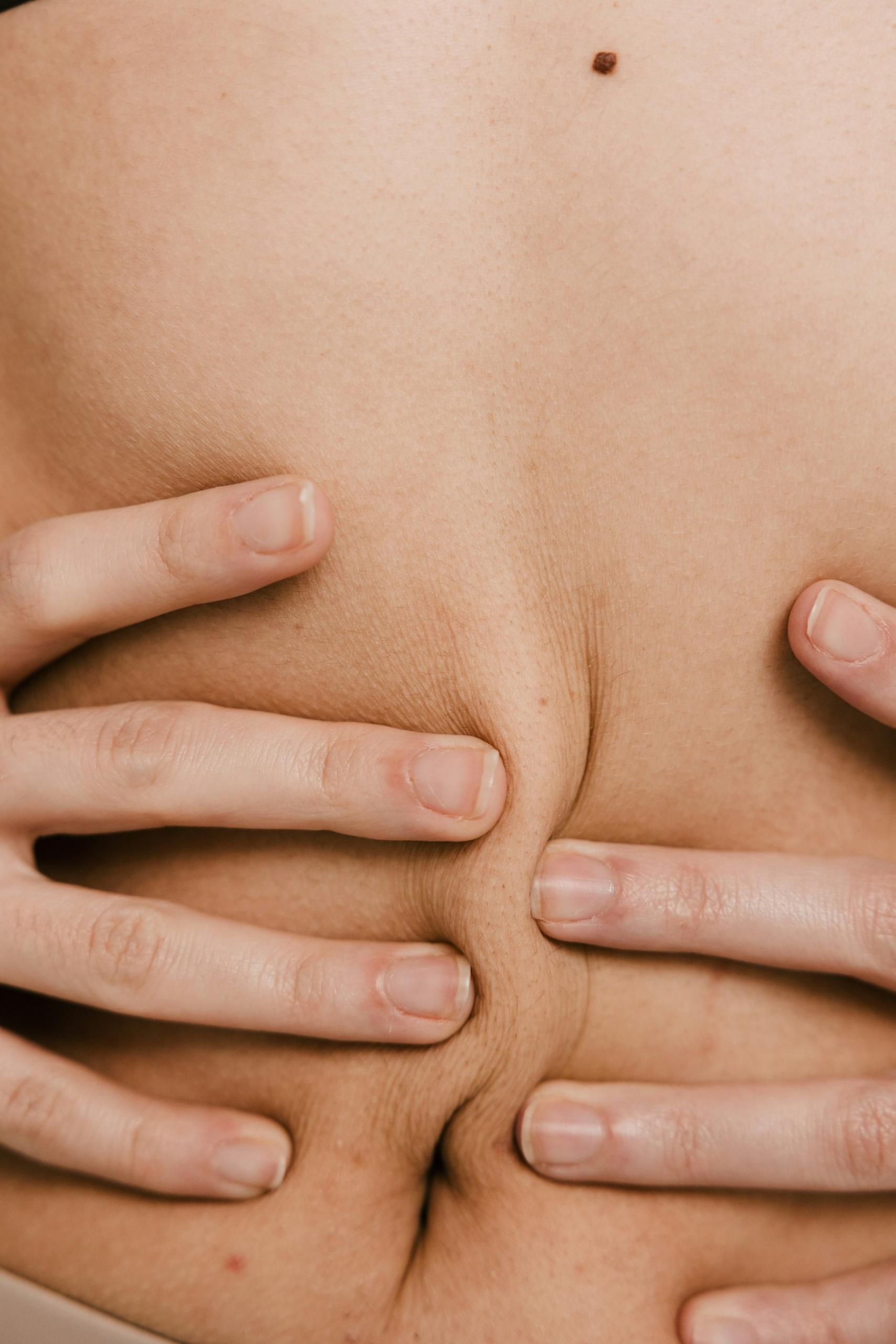
In fact, many Latin dances like Merengue, Salsa, and Rumba focus on the lower-body. The core, back, and upper body see hardly any work.
Many dance-as-exercise initiatives base their routines in some type of choreographed dance, such as Latin dances. One outlet, Steezy Studio, bases their sessions in breakdancing moves. Others cobble their workouts from a blend of aerobic moves, ballet, Pilates, and callisthenics.
Breakdancing and pole dancing are the two most physically demanding types of dance. One must already have substantial conditioning to attempt them. Pole dancing, in particular, demands an instructor, to learn how to dance safely.
To lose weight and attain your fitness goals, you must first identify what your goals are. Then, you might explore some of the resources in our next chapter to find one that meets your needs. As long as your dance workout is a part of your lifestyle change, you can lose weight and get fit while dancing.

Resources to Begin Dancing
If we believe what Amit Kalantri said in our introduction, our feet need no training to dance. That's true, of course, but only when we dance for fun. Getting serious about dancing as part of a healthy lifestyle demands a bit of guidance.
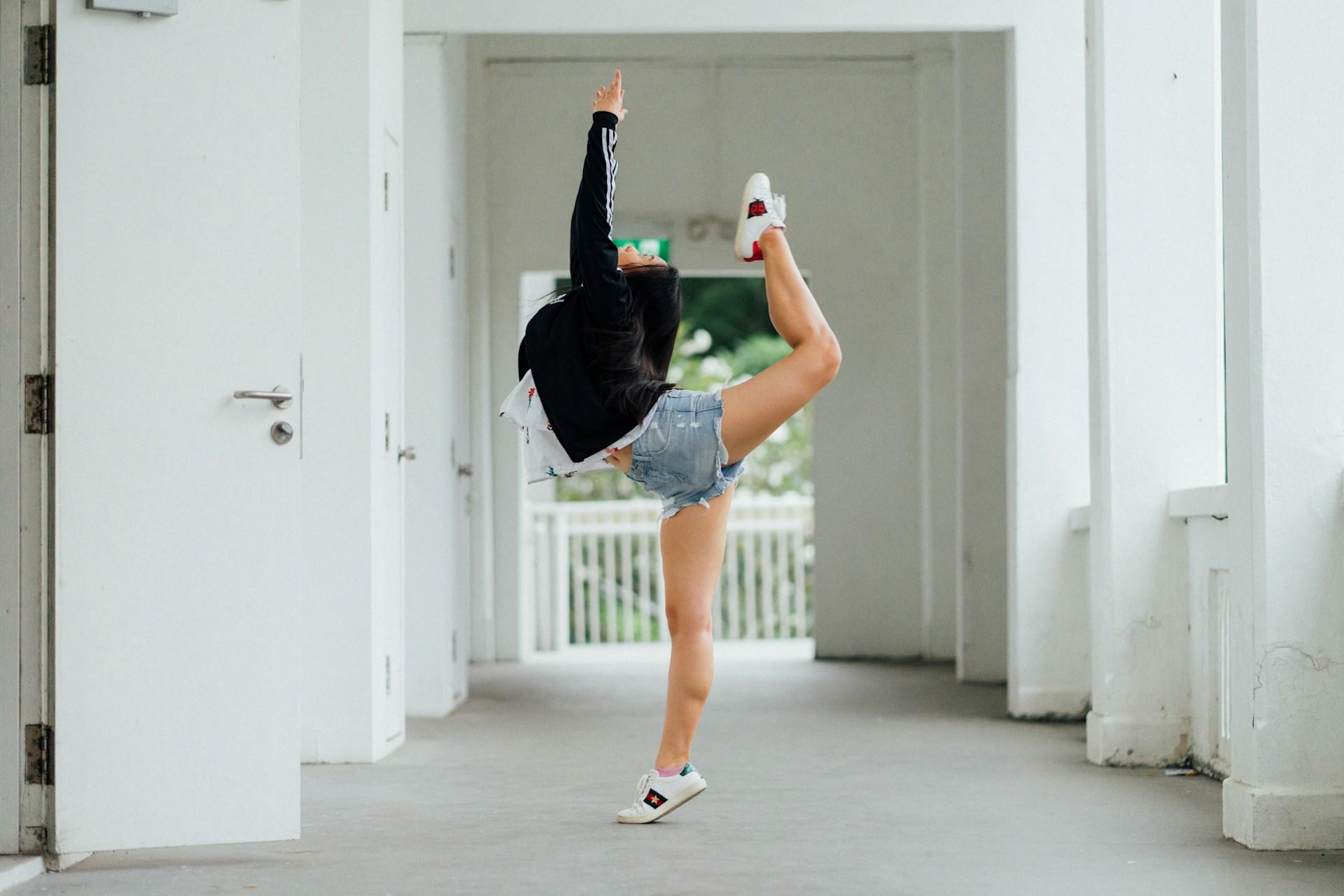
Before the Coronavirus pandemic, taking dance lessons in a studio was the standard. Once everything shut down, dance and fitness instructors began making their lessons available online. That had been the trend, anyway, but our imposed isolation made it happen quicker.
Now, with that infernal virus behind us, it appears that online dance training for fitness is here to stay. Instructors and coaches have refined their lesson delivery methods and their dances, making them more dynamic and engaging. A few boast booming businesses, with clients lining up to attend live classes.
This chart outlines a few such enterprises. You should discover our full list of dance resources, and learn more about each one, from our companion article.
| ⚙Resource | 🕺Dance style(s) Workout types | 💰Cost |
|---|---|---|
| DanceBody | Contemporary Hip-hop | $34.99/month |
| Dancio | Ballet Contemporary | $30/month |
| 305 At Home | Fast-paced Cardio workouts | $29.99/month |
| AKT On-Demand | Full-body workouts Dancing for cardio | $29.99/month |
| Obe Fitness | Dance HIIT Modern dance Dance for sculpting | $24.99/month |
| Steezy Studio | Hip-hop Contemporary Ballet K-pop Jazz Ballroom | $20/month |
| The Sculpt Society | Dance workouts for toning and sculpting | $19.99/month |
| CLI Studios | Hip-hop Ballroom Ballet Jazz more dance styles | $199/year ($16.50/month!) |
Don't Overlook Local Resources
A part of what makes dancing so engaging is its social aspects. Granted, dancing on your own may help you get through your household tasks. But the art and passion of dance is best expressed in company.
Once you build a bit of confidence in your dancing abilities, explore your local dance options. Your neighbourhood dance teacher can teach you partner dances like Ballroom dancing. You might want to learn how to tap-dance, or master the Irish jig. If you've no studio nearby, consider private dance lessons with a Superprof dance tutor.
Supporting local commerce is good for your community, and for you. Not only will you have extra motivation to keep dancing, but you'll build social connections that will benefit you.
Mental Health and Dancing
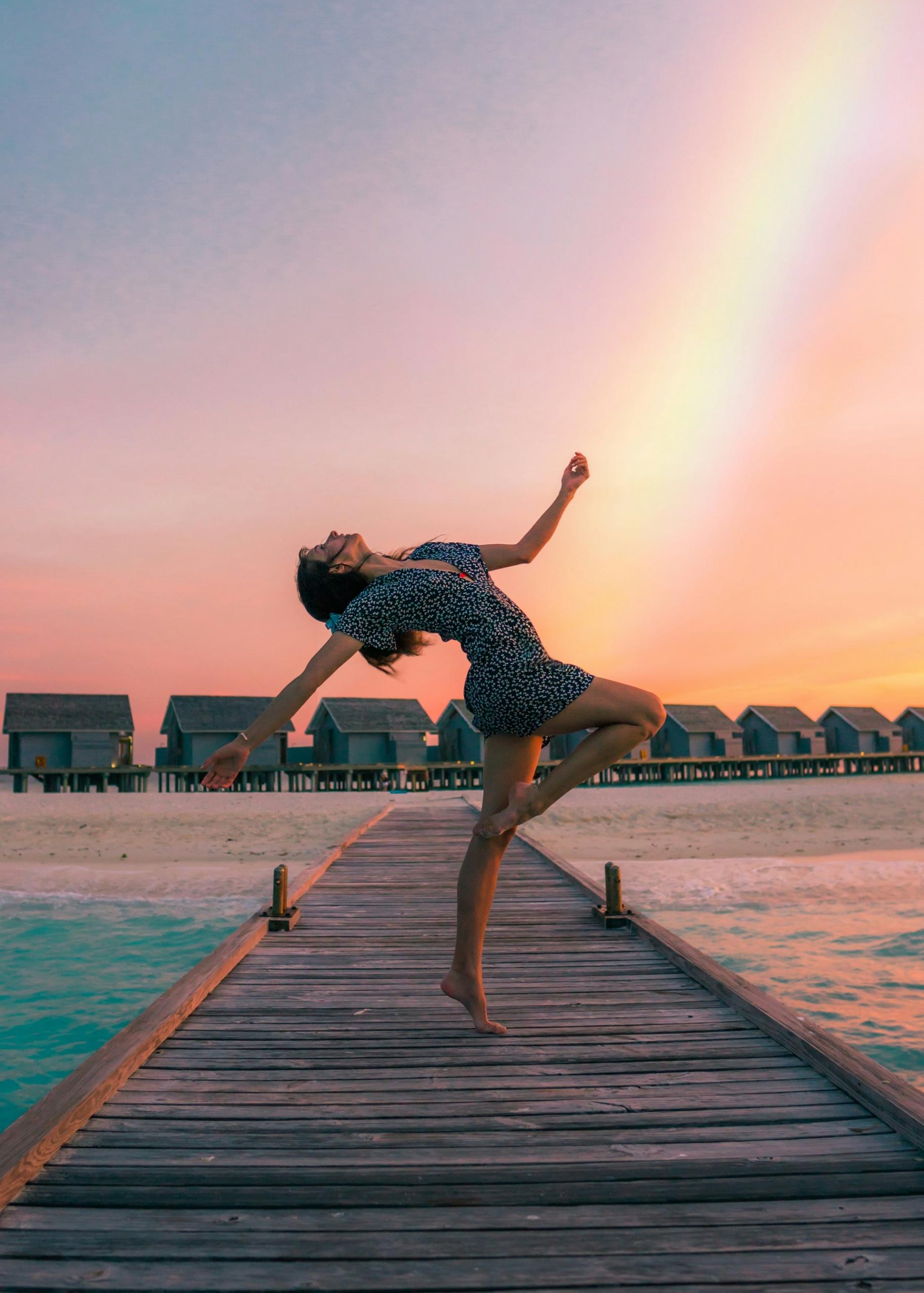
Dancing, and being social, benefit you mentally as well as physically. While your body tones up and gets stronger, your mind and mood transform. That's because the combination of music (you dance to), movement, and being in company foster a feeling of comfort and safety.
That, in turn, triggers an endorphin release. Endorphins are 'feel good' chemicals that create a positive feedback loop. The better you feel, the more you want to continue doing what makes you feel better.
The more gusto you embrace life with, the more resilient and adaptable you become. Having the psychological fortitude to deal with life as we know it but one aspect of mental health. Building and maintaining brain power is arguably the more crucial aspect.
Mental health isn't just about having a positive outlook. It's also about building and maintaining cognitive abilities, reasoning processes, and spatial awareness.
Learning dance steps helps build cognitive - thinking skills, and memory. Awareness of where other dancers are, where your dance partner is, and how you move are all spatial skills that dancing enhances. You might insert a twirl or a dance move that's not a part of the dance's standard steps; that's evidence of your imagination at work.
You might think of dancing as a great mood lifter and good for your waistline, too. You get all these, and you've still more brain benefits from dancing to discover.
Warming Up Before Dancing
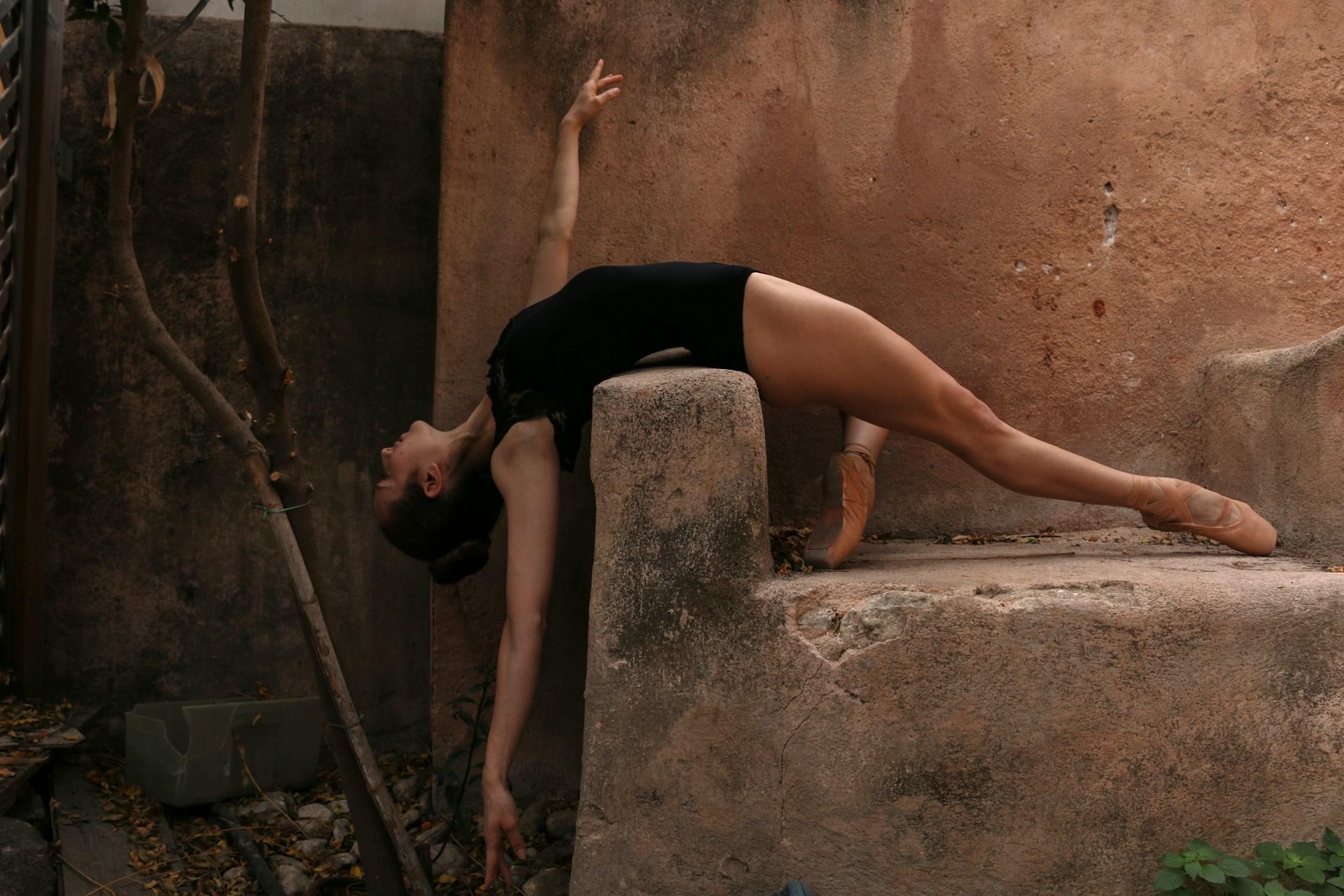
Any fitness professional will tell you that, before starting your workout, you must make sure your body is ready to work. Not just to prevent injury, though that's an excellent reason. The main reason is that warming up before your dance workout clues your body and brain to the upcoming exertion.
The process is fascinating. Hormones and chemicals start flying around your body. Blood vessels dilate and muscle fibers expand. Your joints get extra lubrication, to better manage the impacts to come.
You might think of a dance warm-up as a pre-dance, a short routine to get ready for the main event. What should such a routine consist of? This sample gives us an idea.
Raising your heart rate is a good start. Star jumps, and other callisthenics will serve you well. Work your joints, too, especially your hips, knees and shoulders. You might do a few standing crunches to warm up your core and stretch your back muscles.
Like learning how to dance, mastering a warm-up routine delivers benefits. Of course, it must be a warm-up to suit the activity you'll engage in. That means studying warm-up sets tailored to a dance workout. Choose the moves that work best for you and get ready to dance!



